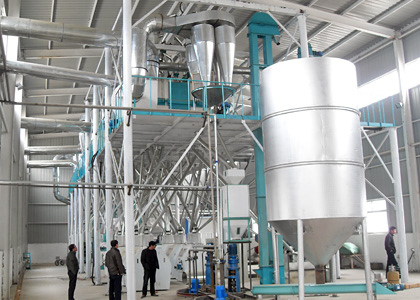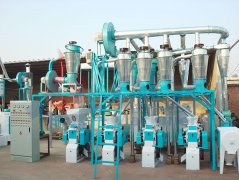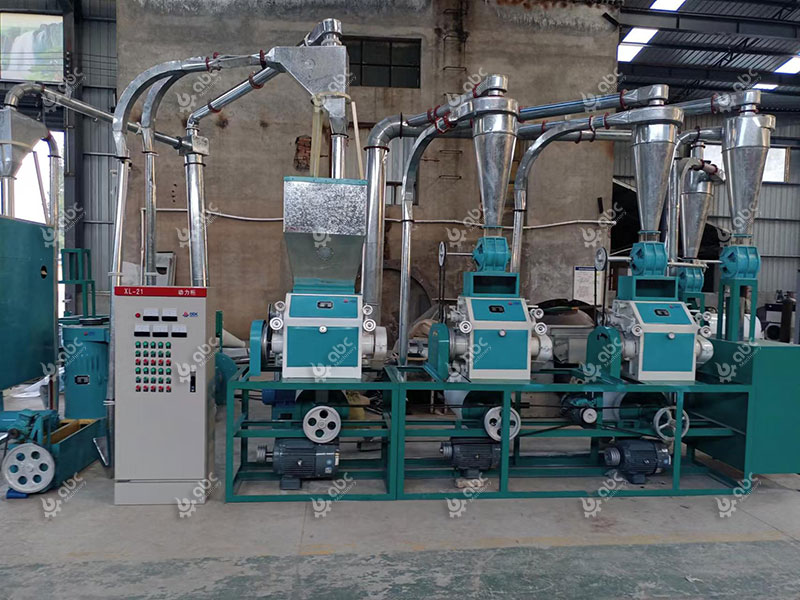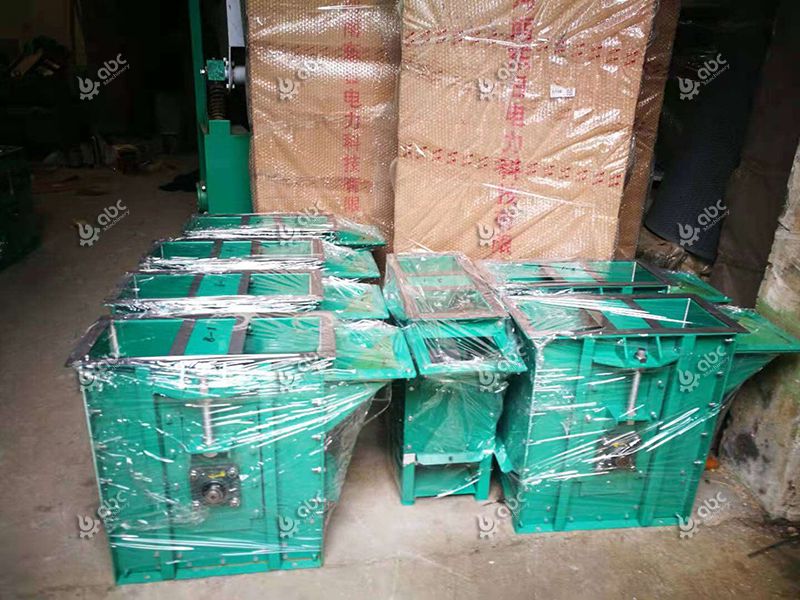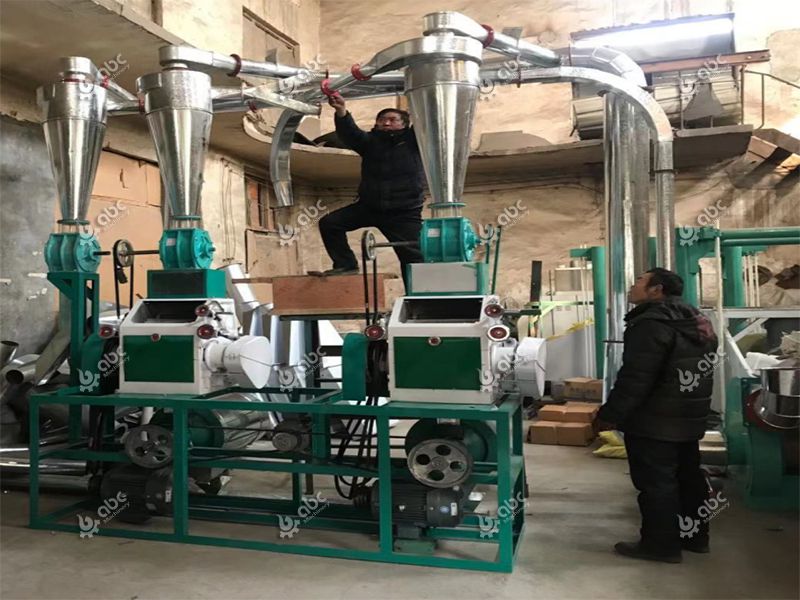Characteristics And Application of Soy Protein Isolate
Soy protein ingredients come from soy products. They are separated from soybean meal that has been defatted and dehulled. Defatted and dehulled soybeans are processed into three types of high-protein products, including soy protein concentrate, soy flour and soy protein isolate. It is rich in nutrition and does not contain cholesterol. It is one of the few varieties of plant protein that can replace animal protein.
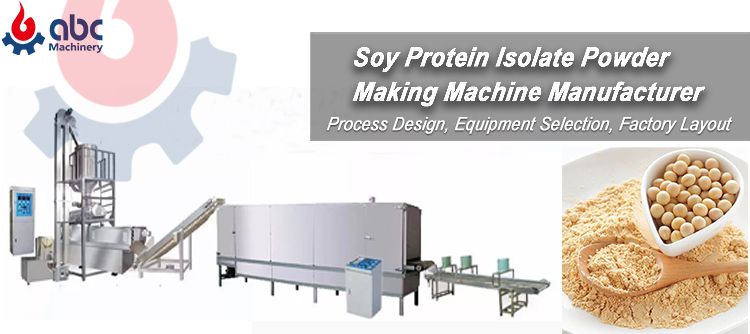
How to Start A Soy Protein Ingredients Processing Plant
Due to the increasing demand for protein, the production of soy protein isolate powder has become profitable. Therefore, many customers have asked us how to build a production plant for soy protein isolate powder. This article will guide you to learn how to build a soy protein isolate powder manufacturing plant and its applications.
Applications of Soy Protein Isolate
1. Meat products: The addition of soy protein isolate in meat products not only improves the texture and flavor of meat products, but also increases the protein content and strengthens vitamins. Because of its strong functionality, the dosage of 2-5% can retain water, fat, prevent segregation of gravy, improve quality, and improve taste.
2. Dairy products: Soy protein isolate is used to replace milk powder, non-dairy beverages and various forms of milk products. It has comprehensive nutrition and does not contain cholesterol. It is a food substitute for milk.
3. Pasta products: adding no more than 5% protein isolate when producing bread can increase the volume of bread, improve the color of the skin and extend the shelf life; adding 2~3% protein isolate when processing noodles can reduce the breakage after boiling. The strip rate and the color of the noodles are good.
4. Soy protein isolate can also be used in food industries such as beverages, nutritious foods, and fermented foods.
Soy Protein Isolate Production processing
Soybean meal→alkali dissolving→acid precipitation→neutralization→heating modification→drying→soy protein isolate
The low-temperature defatted soybean meal is leached with dilute alkali solution, most of the protein in the soybean meal is dissolved in the dilute alkali solution, and then centrifuged to remove the insoluble matter (mainly polysaccharides and some residual proteins) in the soybean meal, and then the extract is extracted with acid. The PH value is adjusted to about 4.5, the protein is in the isoelectric point state and agglomerates and precipitates, and the protein precipitate is obtained after separation, and then the separated soybean protein is obtained by washing, neutralizing and drying.
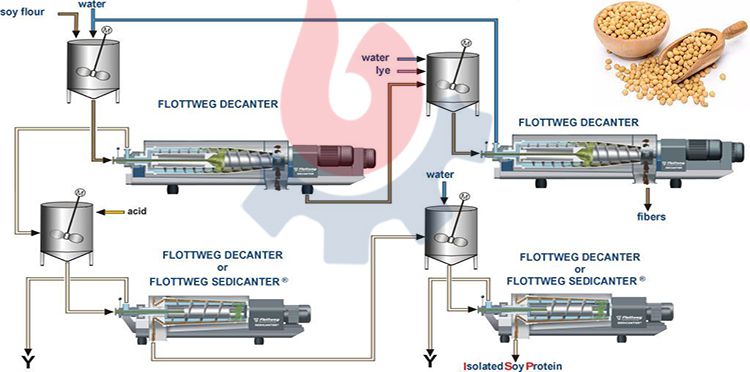
Soy Protein Isolate Powder Production Line
The alkaline extraction and acid precipitation process can effectively purify the protein content to more than 90%, and the product quality is good and the color is light. The process is simple and easy to implement, and the production operation is easy. It is a mature soybean protein isolate production process currently used at home and abroad.
Global Market for Soy Protein Isolate
Protein powder is generally a protein-rich powder made by processing one or more of purified soy protein, casein, whey protein, and pea protein. Protein is the most important nutrient to ensure the health of the body. It can supplement protein for people who lack protein, provide sufficient nutrition for sports enthusiasts, and can also be used in the field of feed additives. With the gradual improvement of people's health in the world, the scale of animal husbandry continues to expand, and the market demand for protein powder continues to grow.
| Region | Subregion |
|---|---|
| North America | United States, Canada, Mexico |
| Europe | Germany, France, U.K, Spain, Italy |
| Asia Pacific | India, China, Japan |
Soybean is not only an important oil resource, but also an important protein resource. Soy protein isolate is widely used, providing profitable opportunities for participants in the global soy protein ingredient market. To learn more about the application knowledge of soy protein and the machinery and equipment required to make soy protein, please feel free to contact us!

